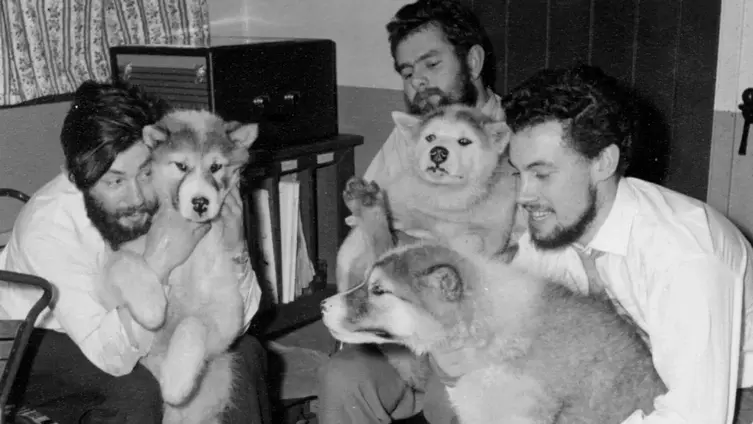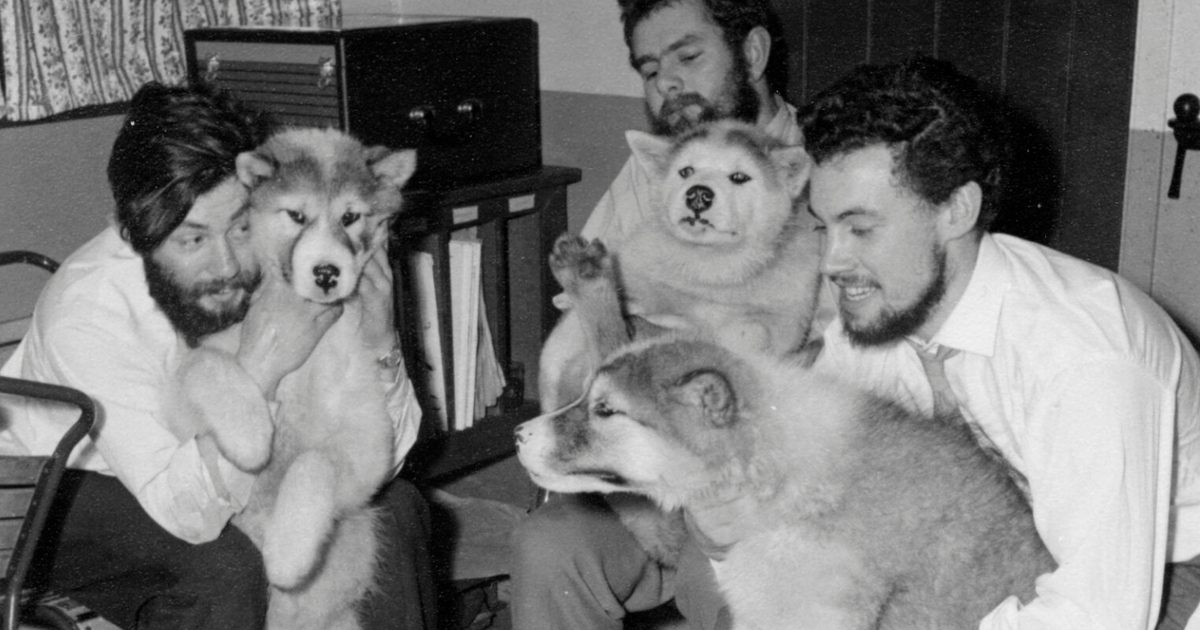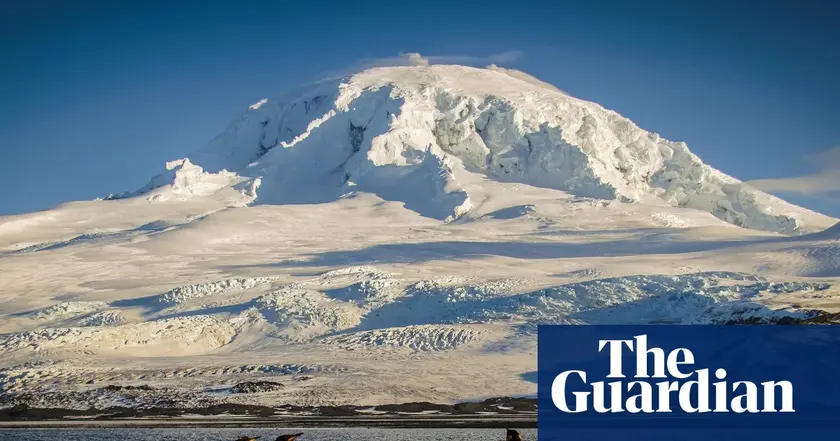T4K3.news
Antarctic researcher Dennis Bell found after decades
The body of Dennis Bell has been recovered from a receding glacier and identified by DNA.

A receding glacier exposes the remains of Dennis Bell, a BAS meteorologist who died in 1959, and DNA confirms his identity.
Antarctic researcher Dennis Bell identified after glacier recedes
A Polish team working with the British Antarctic Survey found the remains of Dennis Bell among rocks exposed by melting ice at Admiralty Bay on King George Island. Bell was 25 when he died after slipping into a crevasse on July 26, 1959. The search recovered more than 200 items, including radio gear, a flashlight, ski poles, an inscribed Erguel wristwatch, a Swedish Mora knife and a pipe stem. DNA testing confirmed his identity, and the remains were sent to the Falkland Islands for final arrangements.
The find shows how climate change is reshaping polar history by bringing buried traces back to the surface. It also highlights ongoing work to document expeditions and preserve memory. The story carries a human angle with Bell’s family expressing relief at the discovery. The items recovered help sketch Bell’s life beyond his death.
Key Takeaways
"Ice keeps its secrets until it sighs"
Comment on melting ice revealing history
"Memory returns when the ice wears thin"
Reflection on long buried histories resurfacing
"History travels on the slow march of ice"
Observation of glaciers as archives
"DNA brings the past home through careful science"
Reaction to DNA based identification
Melting ice makes polar history fragile yet legible. The same climate force that threatens today also allows researchers to recover long buried traces. DNA identification and the recovery of hundreds of artifacts show how science and memory work together in field work.
There is a balance to strike between curiosity and respect for the dead. The episode raises questions about data sharing, archival rights, and how museums treat field finds from remote places. It is a reminder that research is a human story as well as a scientific one.
Highlights
- Ice keeps its secrets until it sighs
- Memory returns when the ice wears thin
- History travels on the slow march of ice
- A name comes home through careful science
Time adds memory to the ice, and memory deserves care.
Enjoyed this? Let your friends know!
Related News

Remains Found in Antarctica

Remains Found in Antarctic Glacier

Antarctic Discovery Ends 66-Year Mystery

Antarctic discovery closes long-running mystery

Antarctic glow explained by plankton

Glaciers on Heard Island shrink alarmingly in recent decades

Study Links Grief to Higher Mortality Rates

Breakthrough research identifies cause of sea star wasting disease
